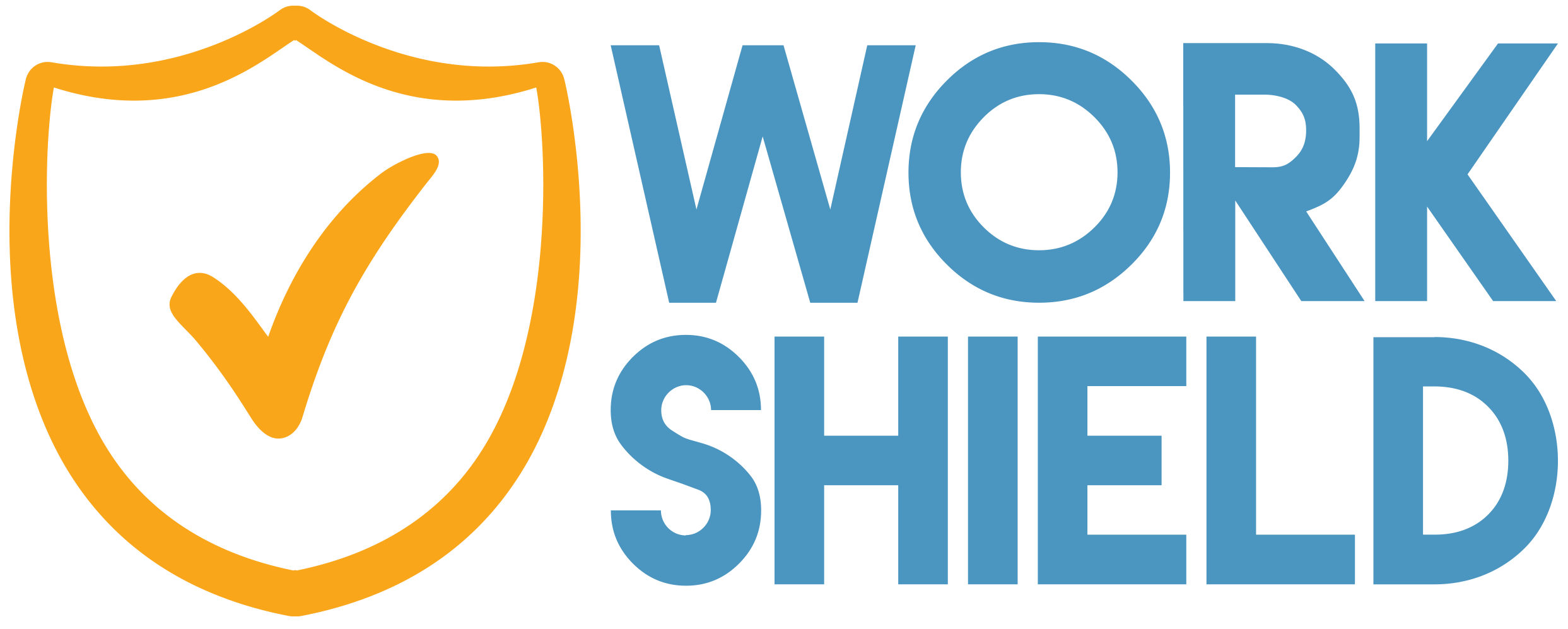Thousands of schools across America are officially out for summer. While the summer is a time for students and teachers to take a well-deserved break, administrators and key decision makers across school districts spend this time discussing and implementing improved systems for the upcoming year.
One of the unique challenges school leaders will have to tackle this summer is how to reintroduce students and teachers back into the classroom after a year of virtual and hybrid learning and decreased opportunities for socialization. In order to ensure a smooth transition, it is imperative that administrative leaders recognize and prepare for the challenges of reacclimating students, teachers, coaches and counselors. It is also a crucial time to foster an environment that promotes equity and inclusion for students and faculty at all levels of education, while providing avenues for everyone to be truly heard.
There is no doubt that the COVID-19 pandemic disrupted the education system. Many have predicted long-term impacts on academic achievement, peer relationships, and mental health for children as well as adults. One recent study fears that the ”second wave” of the pandemic will cause dramatic increases in mental health problems for school-aged adolescents. With that, researchers warn that students will experience increased levels of emotional distress upon returning to school, as acts of bullying and discrimination occur most often in the classroom. When proper systems are not put in place, the return to in-person learning and opportunity for socialization provides fertile ground for such behavior.
In a “Strength through Diversity” study conducted by the Organization for Economic Co-operation and Development, experts say promoting an inclusive environment is a critical component of ensuring educational equity and increased well being of students. School leaders can foster this environment by adopting anti-discrimination frameworks, complying with anti-discrimination and human rights policies and recognizing and celebrating diversity in schools.
A recent study found over 46% of students who were being harassed, bullied or discriminated against at school reported notifying an adult at school about the incident. Additionally, instances where the student felt they had access to support were more likely to lead to a productive resolution.
Based on these insights, administrators should prioritize implementing a system for upholding the highest standards to protect schools, students and staff prior to the return to the classroom in the fall. Work Shield’s reporting system provides access to an immediate and impartial platform to safely voice concerns of harassment, discrimination, sexual violence and more.
As the only Title IX solution that effectively reduces schools’ exposure to misconduct claims, Work Shield provides administrators and school leadership with peace of mind that the school’s reputation is being preserved and will maintain federal funding. It also offers visibility into the cultural health of the school system with access to unfiltered, real-time data.
For more information on how Work Shield is helping schools manage misconduct concerns from start to finish and paving a productive path to resolution, Work Shield.





